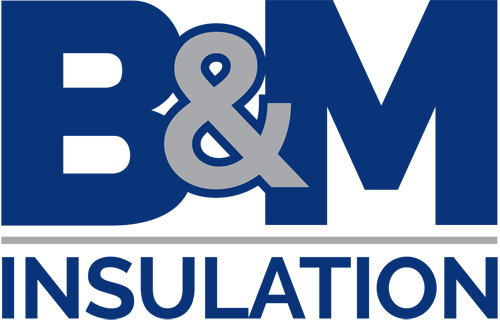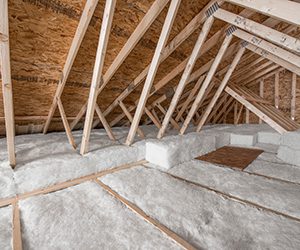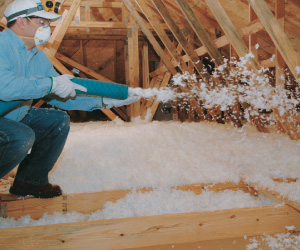Proper home insulation benefits your home in several ways, but the most important benefit is an energy efficient home. Insulation is a material used to keep your home at an optimal temperature year round. It protects against the heat in summer by keeping the cold air in, and the cold in winter by keeping the cold air out. Proper home insulation gives your HVAC system a break by not forcing it to work as hard throughout the year. This creates a more energy efficient home which lowers your electric bills. Insulation also works wonders at reducing noise from inside and outside your home.
While modern homes are insulated to the current code, older homes may have minimal or no insulation at all. Most homes will benefit from an insulation upgrade or other insulation enhancements to increase their home’s energy performance.
Choosing the Insulation That is Best for Your Home
There are several types of insulation to choose from, made from different materials and each with their own unique benefits.
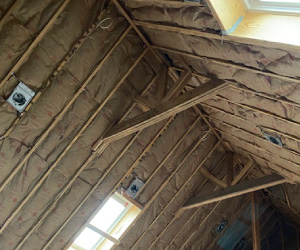
Fiberglass insulation comes in two forms:
- Blown-in fiberglass insulation is perfect for large spaces. It is a loose filler that is effective for attics, garage ceilings, exterior walls and between floors. Combined with air sealing, fiberglass insulation can significantly reduce your energy costs.
- Fiberglass batt insulation- This type of insulation is cut into specific batt insulation sizes to fit into framing and is best for insulating floors, walls, ceilings, and attics.
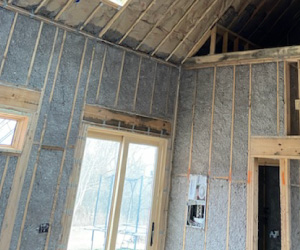
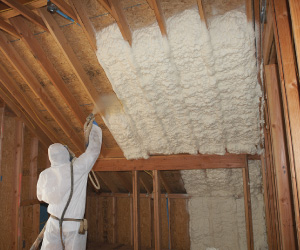
Insulation- An Energy Efficient Investment
Regardless of which type of insulation you choose for your home, creating an energy efficient home is always a wise investment. Not only will you enjoy lower energy bills, but improved insulation:
- Allows for more effective noise control
- Provides better acoustics
- Doesn’t absorb moisture
- Improves air quality
- Can increase the value of your home
- Helps keep out bugs and rodents
Trust B&M Insulation for All Your Insulation Needs
If you would like to learn more about how your home and family can benefit from updated home insulation, contact the insulation experts at B&M Insulation today. We install quality insulation in homes throughout Murfreesboro, Nashville and the surrounding areas. We look forward to answering your questions.
